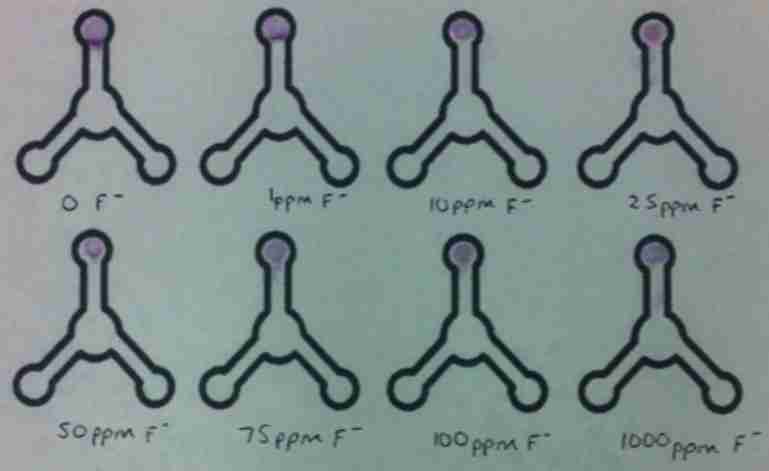Professor Nicole Pamme
Citizen-led pre-concentration and analysis of water pollution at the point-of-need
Project Description
ACTF summer studentship (eight weeks, £200 stipend per week).
Ensuring everyone across the globe has access to clean water and sanitation is one of UN Sustainable Development Goals. The contamination of water by toxic metals (such as As, Pb, Cu, Cr, Co, Ni, Zn) is one of the most ubiquitous forms of pollution across the globe, but in particular in developing countries where industrial, agricultural and domestic waste leach into river and ground water and where water management frameworks are often not in place [RSC Pan-Africa Report]. There is a widespread recognition that regular monitoring of water pollution is required, but established test methods require well-equipped laboratories with trained personnel, and many nations do not have adequate reach to characterise or manage pollution in a timely manner. What is needed are frequent measurements (up to daily), in many locations, in-situ, undertaken by volunteers and members of the community with simple, instrument-free devices.
To tackle this challenge we and others are developing paper-microfluidic dip-stick devices with colour based readout chemistry that can simultaneously measure several pollutants. The idea is that the user simply places the pad into a dish with sample, waits for the colour reaction to occur and takes a photograph which can be uploaded to a database via a smartphone app. Most colour chemistry reactions allow detection at ppm levels, but many pollutants need to be monitored at ppb level or less. The here proposed project will focus on pre-concentration methods that can interface with the paper microfluidic devices for citizen-led on-site analysis of water pollutants.
| Type of Project | Studentship |
|---|---|
| Status | Project Complete |
| Funder(s) | Analytical Chemistry Trust Fund |
| Value | £1,600.00 |
| Project Dates | Jun 4, 2018 - Jul 27, 2018 |
| Partner Organisations | No Partners |
You might also like
Greenhouse Gas removal in the Iron and Steel Industry Sep 1, 2017 - Jun 30, 2022
This is a GGR Topic-specific proposal
Up to 200 billion tonnes of slag may be produced over the next century as a by-product of the iron and steel industry, which could theoretically sequester up to 90 to 155 billion tonnes of CO2 through enhanced...
Read More about Greenhouse Gas removal in the Iron and Steel Industry.

Citizen Science - environmental analysis with paper microfluidics Jul 1, 2017 - Jun 30, 2018
Citizen Science is a concept that allows non-scientists to contribute to scientific research. We are aiming to apply this concept to environmental analysis, where non-professionals can carry out locally a simple to operate analytical measurement of a...
Read More about Citizen Science - environmental analysis with paper microfluidics.

Viral and Bacterial Adhesin Network Training Sep 1, 2017 - Jun 22, 2022
The vision of Viral and Bacterial Adhesin Network Training (ViBrANT) is to bring together world-leading European scientists on interdisciplinary research into viral and bacterial adhesins for xxx to do yyy. The project will deliver doctoral training...
Read More about Viral and Bacterial Adhesin Network Training.
Resource recovery and remediation of alkaline wastes Aug 31, 2014 - Mar 31, 2019
This project addresses environmental problems and potential benefits posed by alkaline waste materials. These are generated in large quantities by many industrial processes around the world. The project will provide fundamental scientific understandi...
Read More about Resource recovery and remediation of alkaline wastes.

Pathogen point-of-care diagnostics Jan 1, 2018 - Feb 28, 2019
Rates of maternal sepsis, still births, premature delivery, new-‐born sepsis and new-‐born deaths are high in Kenya. A strong contributing factor is maternal infection with pathogens such as Ureaplasma urealyticum, Mycoplasma hominis, Bacteroides s...
Read More about Pathogen point-of-care diagnostics.

